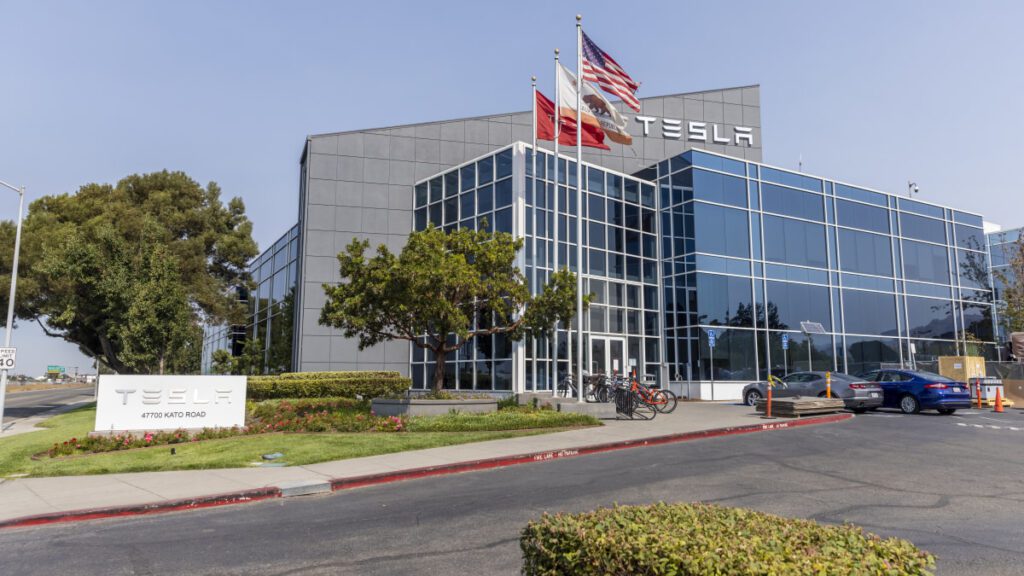Tesla running out of excuses for its prolonged sales slump

Tesla is expected to report another quarter of weaker sales, and it’s running out of alibis.
Analysts are estimating the carmaker will report on Tuesday that it handed over 441,019 electric vehicles in the second quarter, a 5.4% drop from a year ago. This would be a second consecutive quarterly decline, which Tesla last posted when it was phasing out its first model, the Roadster, in 2012.
Tesla has turned the page on several of the issues that contributed to its struggles early this year, including a suspected arson attack at its factory near Berlin and shipping diversions related to conflict in the Red Sea. That leaves the company with few excuses for its sales slowdown aside from a relatively straightforward problem: Tesla’s older lineup of vehicles is having a harder time keeping up with fresher offerings from rival EV manufacturers.
“It’s tougher to grow when you have increased competition and the current model lineup is a little stale,” said Tom Narayan, a global autos analyst at RBC Capital Markets, who has the equivalent of a buy rating on Tesla’s stock.
Chief Executive Officer Elon Musk has tried all sorts of moves to stoke demand for Tesla’s vehicles, including slashing prices and offering cut-rate leasing deals. But the discounting didn’t stop the company’s sales from decelerating in the second half of last year, before giving way to decline as the broader EV market cools.
Musk also announced deep staffing cuts in April, which affected more than 10% of Tesla’s workers, including sales staff. While that may have helped the company conserve cash, it also may have factored in its second-quarter delivery numbers.
Customers who are new to EVs typically have lots of questions about battery range, charging stations and software-based features. Musk is nevertheless increasingly betting on a mostly online sales process and encouraging consumers to order Teslas without even visiting a showroom.
Tesla is having a hard time building on the success of the Model Y, which was the best-selling vehicle in the world last year. The sport utility vehicle has been on the market since 2020, while the Model 3 sedan debuted three years earlier.
The company’s first pickup, the Blade Runner-inspired Cybertruck, has gotten off to a slow start since production began late last year. Tesla has recalled the truck several times, including over issues related to its accelerator pedal and windshield wiper.
Investors have shrugged off several analysts lowering their estimates for Tesla’s vehicle deliveries in recent weeks. While the stock is still down 20% for the year, Musk has buoyed the shares by promising new models as soon as late this year. He’s also talked up prospects for the company’s humanoid robots and plans to unveil a dedicated robotaxi in August.
Musk received a major vote of confidence last month, when shareholders voted in favor of re-approving his $56 billion compensation package.
“We see a growing number of investors shifting their outlook to the Robotaxi event on Aug. 8,” Ben Kallo, a Robert W. Baird analyst with the equivalent of a buy rating on Tesla’s stock, wrote in a report last week. “We see Q2 deliveries as being particularly important for full-year numbers and whether 2024 will be a growth year, however, we expect focus to remain skewed toward the long term until the Robotaxi unveiling.”
Kallo expects Tesla to deliver 435,200 units this quarter and about 1.83 million for the year, up only slightly from its 2023 total. While the company vowed in April to introduce fresh models by early next year, it didn’t provide any details on the cars and reiterated that growth will be “notably lower” in 2024.



